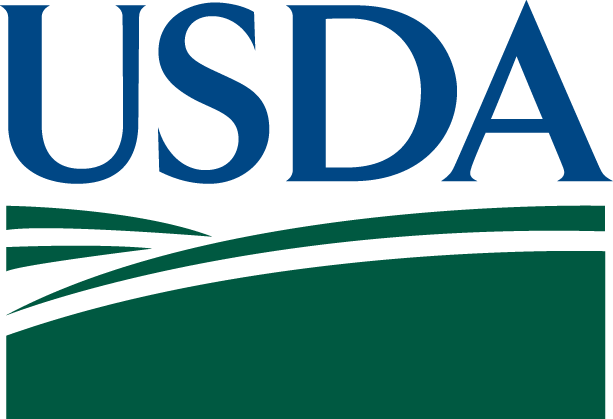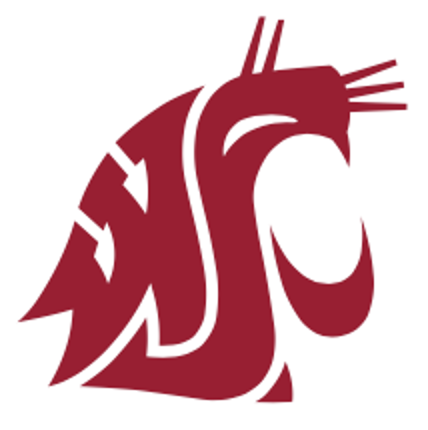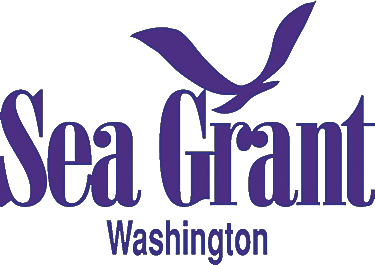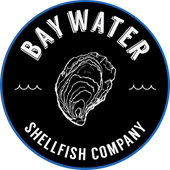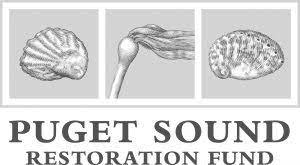
Mobilizing marine algae to benefit sea and soil in the Pacific Northwest
Connecting sea and soil for climate resilience
Blue Carbon, Green Fields pilots an innovative approach to modernizing and scaling the age-old practice of using seaweed as a soil amendment, while providing shellfish and specialty crop growers with a new tool in their climate-smart agriculture toolboxes. The University of Washington is working in partnership with Viva Farms, Puget Sound Restoration Fund, Washington State University, and Baywater Shellfish on this U.S. Department of Agriculture-supported project.
A sea-to-soil collaboration
As seaweed and kelp grow in marine waters, they protect coastal ecosystems by limiting the harmful effect of ocean acidification, which makes it hard for shellfish to form their shells. This acidification threatens both coastal ecosystems and the livelihoods of those who harvest food from the sea.
Seaweed and kelp perform this service as they grow by absorbing carbon dioxide that contributes to ocean acidification, as well as sponging up nutrient pollution. However, the benefits are only temporary if these aquatic plants are left to decompose in the marine environment.
Each year, shellfish farmers in Puget Sound must remove nuisance seaweed, which thrives in nutrient-rich waters and fouls their beds and gear. The seaweed is typically left to rot in the tidelands, returning its carbon and nutrients to nearshore waters.
As an alternative, harvesting seaweed from aquatic systems and applying it to agricultural soils is a win-win solution that could both prevent ocean acidification and improve soil quality on farms.
Adding seaweed to farmland replenishes soil carbon, which is often depleted due to management practices such as tillage. This amendment improves overall soil quality, enhancing water and nutrient dynamics and building resilience to the impacts of climate change. It also sequesters carbon in the soil, directly mitigating climate change.
The knowledge base and community of practice to support this sea-to-soil solution does not yet exist. The Blue Carbon, Green Fields project aims to fill these gaps through an innovative proof-of-concept pilot program.
What will we do?
The project team will provide both shellfish and specialty crop growers with comprehensive technical assistance, perform rigorous environmental and economic analyses to capture the benefits of this practice, and establish a long-term framework to verify results. Together, we hope to pave the way for future adoption of this practice across the Puget Sound region.
Join us!
Over the next five years, Blue Carbon, Green Fields will welcome shellfish and specialty crop growers in Washington to participate in the pilot program. If you think you might be interested, fill out this form to let us know:
Contact
If you have other questions about this project, please contact contact Sarah Collier.
Our partners
